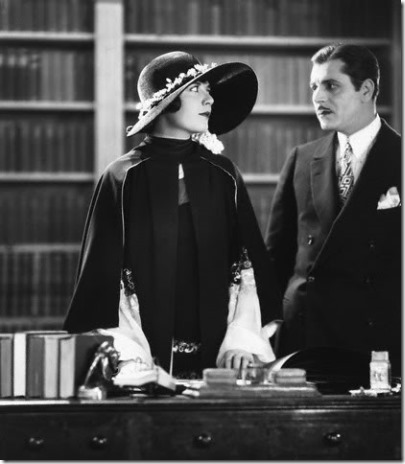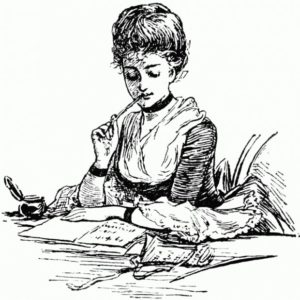
I recently edited a piece for Martha, a friend of mine. It was good and I hope she publishes it. It was a bit of an unusual story, since it was entirely monologue, talking to herself as if in real time about an abusive work situation and her unfolding understanding and the strength to walk away from it. The actual workplace events occurred over an extended time, but really everything took place in the narrator’s mind, and her voice was powerful and unique, raw and direct.
When she asked me for feedback, I was a little perplexed at first. It is stream of consciousness, and appears to be a spontaneous outpouring of thoughts. She asked me if I just thought it was a mess, since there was no timeline for what was described. How can I make comments about someone else’s lived experience? And what could I tell her that would preserve the immediacy and power of her prose?
In trying to formulate some sort of possibly meaningful feedback, I realized that the internal dialogue did, in fact, follow the familiar narrative structure. The writer started with her hurt and despair (beginning), relived some of the abuse (middle), and came to the awareness that she did not have to be manipulated into doubting herself—and could move on from the job (end). It then became very clear to me what would make the already strong work stronger: paying attention to the narrative structure while preserving its immediacy.
Rather a “Doh!” moment for me, I have to confess. The tried and true “rules” of writing are tempting to dismiss, but they always provide a touchstone. Once I realized there was indeed a narrative structure, I was able to plug into another one of my go-to’s for my own writing: using all the senses, and being specific, so that the reader can place themselves into the scene we have created. Even though Martha’s piece was all in the mind, she was still thinking about events in the physical world of space and time. It makes me think about the nature of memory and the relationship to the present moment.
Whether I’m struggling with my own writing or scratching my head trying to figure out what to say to an author, there are a few basic principles that are good places to start:
- What’s the point? Is everything in the piece relevant to the point?
- What is the structure? Even the most deconstructed postmodern writing has some sort of narrative. Deviations from the structure are best when carefully and intentionally done.
- If there are descriptions, do they bring in as many of the five senses as possible? Are they detailed and specific?
- Trust yourself, trust your voice.


